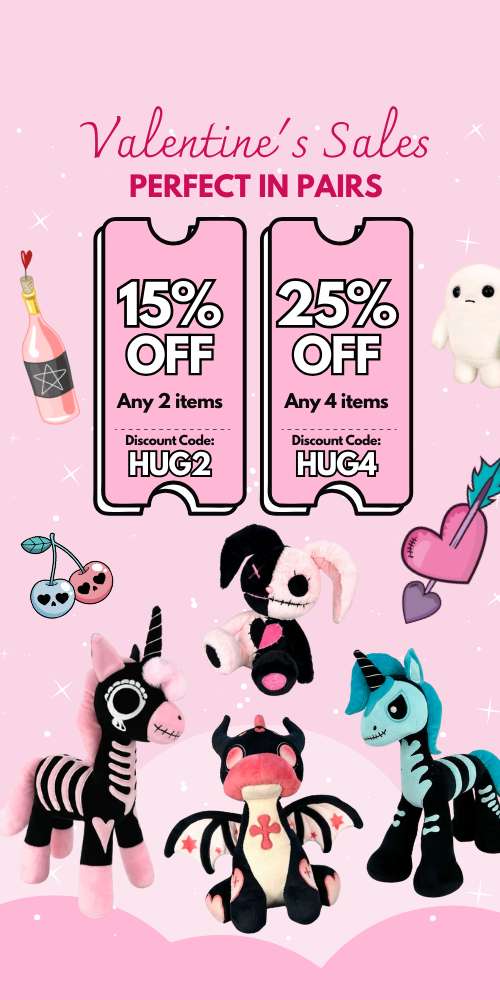What is the origin of the unicorn? The Most Complete History of Unicorn in 2023

The earliest unicorn images

Unicorn imagery was also present in ancient China. Records from 2700 BC in China describe an Asian unicorn that was a combination of different animals. This unicorn had a deer's body, an ox's tail, and a dragon-like coat that was multicolored or scaly. It also had a flesh-colored horn or horns. Even though they looked different, Asian unicorns were described as elusive and solitary creatures, which is similar to later European descriptions.
The first written accounts of unicorns
Did you know that unicorns, the mythical creatures with a single horn on their forehead, were first mentioned in Western literature way back in the fourth century B.C.? A doctor and historian named Ctesias wrote down stories told by travelers from India, who described these creatures as horse-sized "wild asses" with white bodies, blue eyes, red heads, and a multicolored horn that could grow up to 1.5 feet long. The unicorn described by Ctesias was probably based on descriptions of various animals, such as wild asses and Indian rhinos.
The Bible also played a significant role in unicorn mythology. Scholars translated the Hebrew word "re'em," which probably referred to an extinct species of wild ox called aurochs, into the Greek word "monokeros," meaning "one horn," which had been used for rhinos. Later, the word became "unicornus" in Latin translations of the Greek Bible and "unicorn" in English versions of the Latin. This is how the unicorn became a Biblical creature associated with Jesus Christ and purity.

The medieval fascination with unicorns
During the Middle Ages, unicorns were very popular in literature and art, especially in Europe. They were often shown as beautiful white horses with long, spiral horns, sometimes with wings or cloven hooves. Unicorns were seen as symbols of nobility, grace, and purity. Many stories and legends were created about their magical powers and their preference for virgins.
One of the most famous depictions of unicorns from this time is The Lady and the Unicorn, a series of tapestries now on display in the Musée de Cluny in Paris. These tapestries show a lady with a unicorn and other animals in different scenes that represent the five senses, as well as a sixth sense interpreted as love or understanding.
Another interesting thing about unicorns is that people believed their horns could cure sickness and neutralize poison. This made unicorn horns very valuable and sought-after by kings, nobles, and merchants. But in reality, many of the horns that were sold as unicorn horns actually came from narwhals, a type of whale with a long tusk.

The modern revival of unicorns
Unicorns have become extremely popular in recent years and are now featured in various forms of media such as movies, cartoons, games, toys, and clothing. They have also become symbols of social movements like pride, feminism, and veganism.
Some examples of modern unicorn representations include The Last Unicorn, a popular animated movie from 198211. Another example is My Little Pony: Friendship is Magic, a cartoon series that features many unicorn characters. There was also a limited-edition drink by Starbucks called the Unicorn Frappuccino, which had pink and blue colors and a sour taste. Finally, The Unicorn Project, a book by Gene Kim that uses the unicorn metaphor to describe successful software companies.
The History and Evolution of Unicorns
Over time, the image of the unicorn has changed in various ways. One of the factors that influenced this change was a mistake in translating the Hebrew Bible into Greek. It caused the word "monokeros" (one-horned) to be used to describe an animal called "re'em" in Hebrew, causing confusion between the real animal and the mythical creature.
Another factor that contributed to the development of the unicorn legend was the accounts of travelers like Marco Polo and John Mandeville, who described seeing unicorns in Asia, even though they were actually looking at rhinoceroses or antelopes. However, these accounts were embellished with fantastical details that added to the myth.
Finally, the unicorn was depicted in various forms of literature and art in Europe from the Renaissance to the Romantic era. These depictions showed unicorns as graceful and majestic creatures that symbolized love, faith, and wisdom.
The Art and Creativity of Unicorns

Unicorns have been a source of inspiration for many artists, writers, musicians, and designers. They have been depicted in various forms of art such as paintings, sculptures, songs, and games throughout history. Some of the most famous unicorn artworks include tapestries from the 15th century and a painting from the 19th century. In recent times, unicorns have encouraged people to explore new forms of art and creativity, resulting in unique and innovative creations such as books, cakes, hairstyles, drinks, and even a giant statue. Unicorns have truly expanded the boundaries and possibilities of art and creativity.





